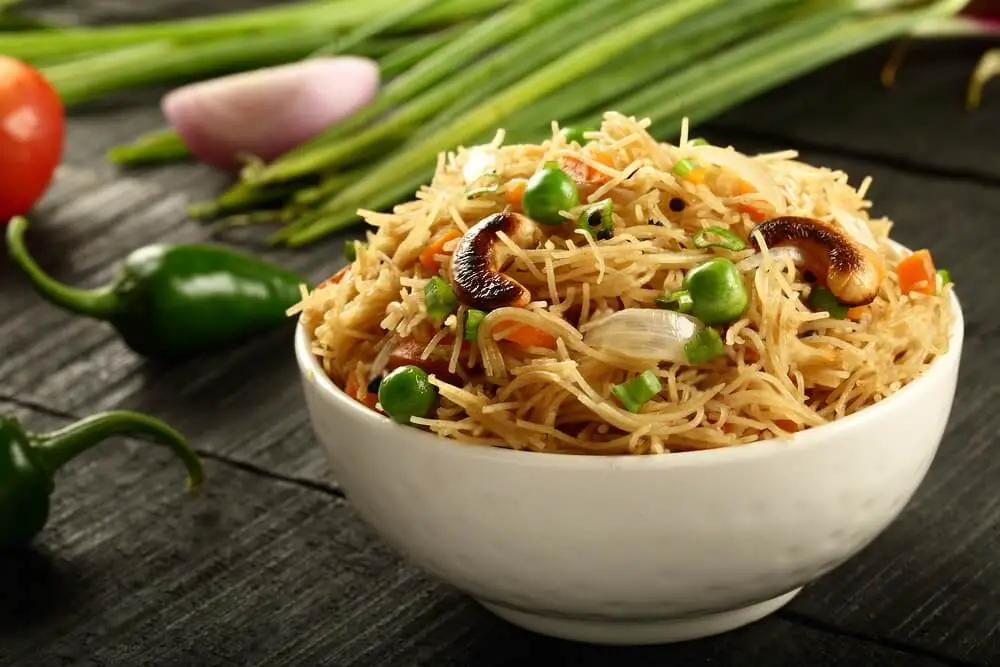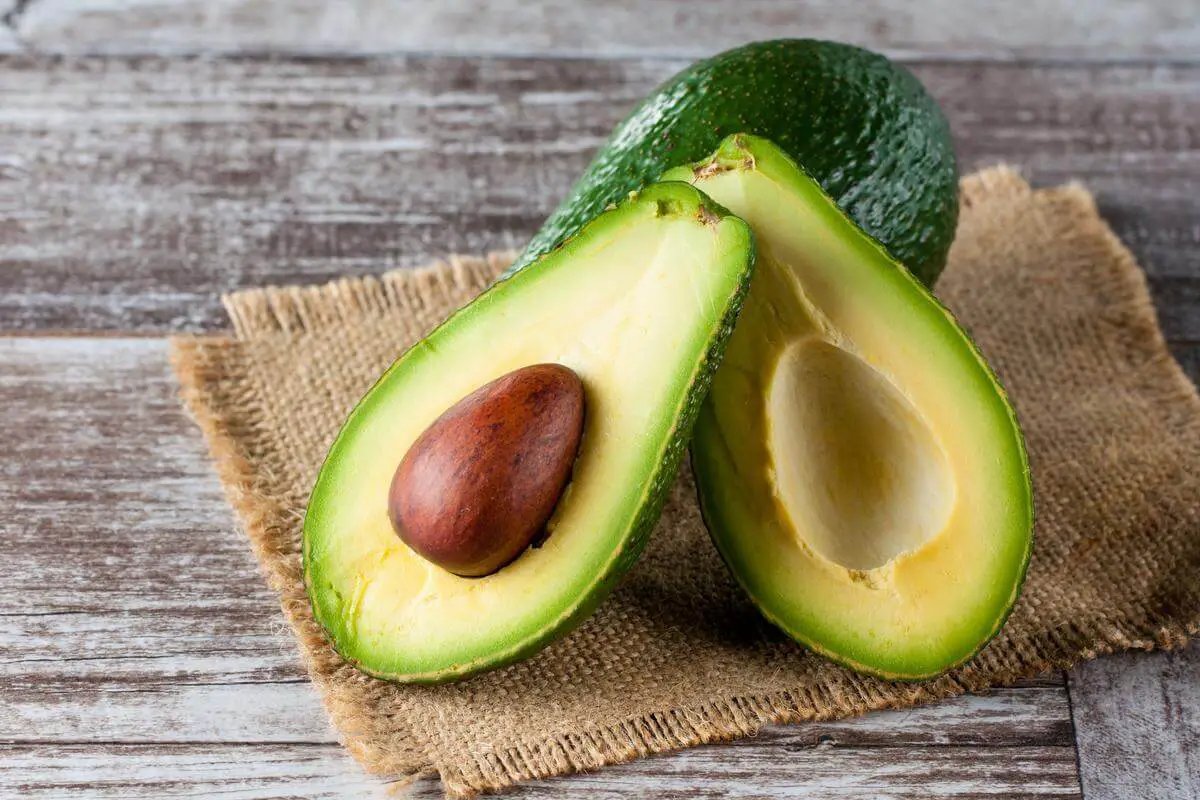Picture this: you’re sitting in a cozy French bistro, relishing the warm ambiance and decadent aromas swirling around you. The moment you’ve been waiting for arrives as the waiter places a gleaming plate of crème brûlée in front of you. Your heart skips a beat, and anticipation fills the air. But have you ever wondered, “What does crème brûlée taste like?” Prepare to embark on a tantalizing journey as we unveil the secrets behind this exquisite dessert.
The Cracking Delight – The Caramelized Crust
Crème brûlée boasts a signature feature that instantly captivates food lovers worldwide: its irresistible caramelized crust. With a satisfying crack! from your spoon, you’ll delve into a delicate world of contrasting textures. The golden-brown, caramelized sugar layer envelops the velvety custard beneath, creating a harmonious symphony of sweet and crisp. It’s like unlocking a treasure chest of flavors, where the crispy surface introduces you to the wonders that lie within.
A Silky Symphony – The Luxurious Custard
As your spoon glides through the caramelized crust, you’re greeted by a luscious, velvety custard that’s the heart and soul of crème brûlée. Imagine the smoothness of satin caressing your taste buds, sending ripples of delight throughout your mouth. The custard, typically infused with vanilla, whispers a delicate, aromatic note, adding a touch of sophistication to the ensemble. Its creamy texture effortlessly melds with the sweetness of the caramelized crust, creating a delectable balance that dances on your palate.
Exploring Flavor Dimensions – The Subtle Nuances
While the caramelized crust and silky custard take center stage, crème brûlée offers a symphony of flavors that extend beyond the initial encounter. Let’s explore the subtle nuances that enhance this dessert’s appeal:
- Vanilla Euphoria: The vanilla bean, gently infused into the custard, lends a floral and slightly woody essence. It adds depth to the overall flavor profile, leaving a lingering touch of elegance on your taste buds.
- Creamy Indulgence: The custard’s creaminess, akin to a gentle whisper of fresh cream, contributes a rich and luxurious element. It’s as if you’re savoring the essence of a cloud, whisked with culinary finesse.
- Hints of Caramel: Amidst the indulgent notes, you may catch a whisper of caramel, intertwining with the vanilla and cream. It’s a subtle nod to the caramelization process, creating a tantalizing harmony of sweet subtleties.
The Temperature Tango – Warmth and Chill
Temperature plays a vital role in your crème brûlée experience, further elevating its taste. Traditionally served chilled, the coolness enhances the custard’s silkiness and allows the flavors to unfurl gradually. Each spoonful feels like a refreshing escape, a respite from the world, as you relish the dessert’s chilled embrace.
However, some culinary mavericks have dared to explore the world of warm crème brûlée. By gently warming the custard, they offer a contrasting experience that showcases the dessert’s versatility. The warmth adds a comforting touch, intensifying the flavors and transforming the textural dance. It’s akin to a cozy embrace, a culinary symphony enveloping your senses.
Frequently Asked Questions About Crème Brûlée
What is crème brûlée?
Crème brûlée is a classic French dessert that consists of a creamy custard base topped with a caramelized sugar crust. It is known for its contrasting textures and rich, indulgent flavors.
What does crème brûlée taste like?
Crème brûlée is a delightful blend of flavors. The caramelized sugar crust provides a satisfying crunch and adds a sweet, slightly burnt taste. Beneath the crust, the custard is silky-smooth and has a creamy, vanilla-infused flavor. It’s a harmonious combination of sweetness, creaminess, and a hint of caramel undertones.
How is the caramelized crust created?
To create the caramelized crust, a thin layer of granulated sugar is sprinkled over the top of the custard. Then, using a kitchen torch or broiler, the sugar is heated until it melts and caramelizes, forming a hardened, golden-brown crust.
Can crème brûlée be served warm or cold?
Traditionally, crème brûlée is served chilled to enhance the custard’s silky texture and allow the flavors to develop slowly. However, some variations of crème brûlée can be served warm, which offers a different experience, with intensified flavors and a comforting warmth.
Is crème brûlée difficult to make?
While crème brûlée may seem intimidating, it is not overly complicated to make. The key is to achieve the right balance of creaminess and caramelization. With a good recipe, patience, and attention to detail, you can create a delicious crème brûlée at home.
Can I customize the flavors of crème brûlée?
Absolutely! While traditional crème brûlée is flavored with vanilla, you can experiment with different flavor variations. Some popular options include chocolate, coffee, citrus, or even infusing the custard with spices like cinnamon or nutmeg. The possibilities are endless, allowing you to tailor the dessert to your taste preferences.
Can I make crème brûlée ahead of time?
Yes, crème brûlée is an excellent dessert to make ahead of time. You can prepare the custard and caramelize the sugar crust a day or two in advance. Just make sure to keep the dessert refrigerated until you’re ready to serve. The caramelized crust may soften slightly over time, but the flavors will still be delightful.
Is crème brûlée gluten-free?
Yes, the traditional crème brûlée recipe is gluten-free as it does not contain any wheat-based ingredients. However, always double-check the specific recipe or any pre-made versions you encounter to ensure they are free from gluten if you have dietary restrictions or sensitivities.
Can I find crème brûlée at restaurants or bakeries?
Yes, crème brûlée is a popular dessert found in many French-inspired restaurants and bakeries. It’s often featured on dessert menus and can be a delightful treat to enjoy when dining out.
How can I caramelize the sugar crust without a kitchen torch?
If you don’t have a kitchen torch, don’t worry! There are alternative methods to achieve that perfect caramelized crust. One option is to use your oven’s broiler setting. Place your crème brûlée under the broiler, keeping a close eye on it to prevent burning. Another method involves using a hot metal spoon. Simply heat the spoon over a flame until it becomes hot, then press it gently onto the sugar to create the caramelized effect.
Can I substitute the vanilla flavor in crème brûlée with something else?
Yes, you can definitely experiment with different flavors in your crème brûlée. If you’re not a fan of vanilla, you can replace it with other extracts like almond, coconut, or even a touch of your favorite liqueur for added complexity. Just be mindful of the potency of the substitute flavor and adjust the quantity accordingly.
Are there any vegan or dairy-free alternatives to crème brûlée?
Yes, there are vegan and dairy-free variations of crème brûlée that use plant-based ingredients instead. Common substitutions include coconut milk or cream, almond milk, or cashew cream. These alternatives can create a creamy texture similar to traditional crème brûlée while accommodating dietary restrictions or preferences.
Can I add toppings or garnishes to my crème brûlée?
Absolutely! While crème brûlée is delicious on its own, you can enhance its presentation and flavor with various toppings or garnishes. Fresh berries, a sprinkle of cocoa powder, a dollop of whipped cream, or even a drizzle of caramel sauce can elevate the dessert and add an extra touch of indulgence.
How long can I store leftover crème brûlée?
Leftover crème brûlée can be stored in the refrigerator for up to 2-3 days. However, it’s worth noting that the caramelized crust may soften over time. To preserve the texture as much as possible, it’s best to store the crème brûlée without the caramelized sugar topping and add it just before serving.
Can I make mini or individual-sized crème brûlée?
Absolutely! Mini or individual-sized crème brûlée is a popular and charming option. You can use ramekins or small oven-safe dishes to create individual portions. The baking time may vary compared to a larger dish, so keep a close eye on them to ensure they’re cooked through but still silky and smooth.
Is crème brûlée a high-calorie dessert?
Crème brûlée is indeed a rich and indulgent dessert, so it tends to be higher in calories compared to lighter options. It typically contains heavy cream, sugar, and egg yolks. However, enjoying crème brûlée in moderation as an occasional treat can be part of a balanced diet and a delightful way to satisfy your sweet tooth.
Conclusion – A Captivating Culinary Journey
So, what does crème brûlée taste like? It’s a mesmerizing orchestration of flavors and textures, inviting you to indulge in its delicate nuances. From the initial crack! of the caramelized crust to the velvety custard infused with vanilla, every bite is a captivating culinary journey. The sweet symphony of crème brûlée offers an experience that lingers on your palate, leaving you yearning for more. So, next time you have the opportunity, surrender to this enchanting dessert and let your taste buds be swept away by its irresistible charm.



